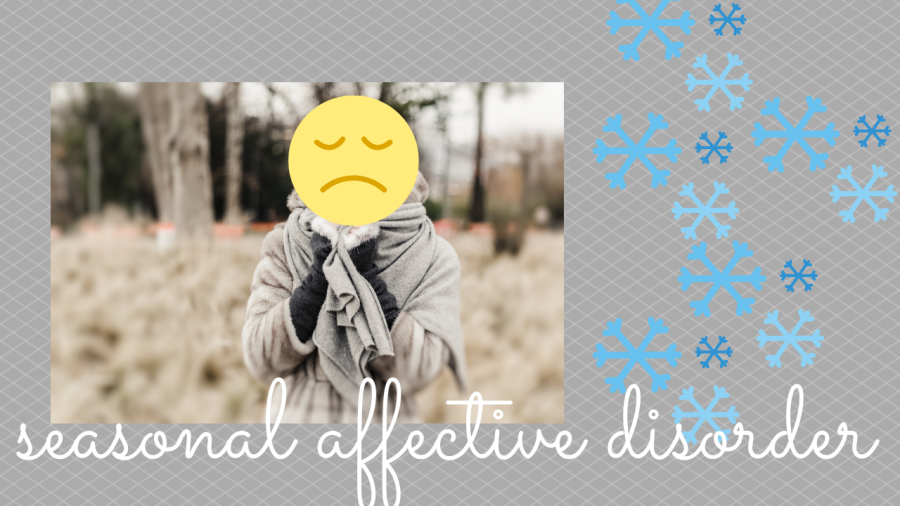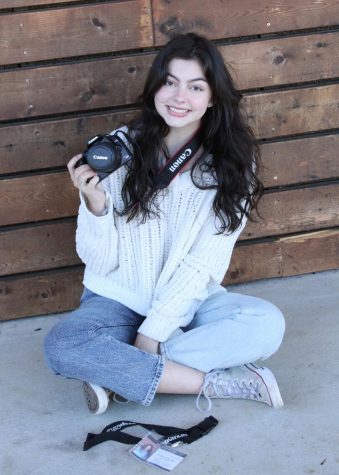Seasonal depression–and how to beat it
While many look forward to the winter months for the holidays, crisp weather, and drink specials at the local coffee shop, a large amount of the population dreads the upcoming season. The stress of buying gifts and seeing family combined with the obligation to come off as happy during the holidays can leave one yearning to crawl back under the covers.
November 22, 2020
As the winter months quickly approach, the cool air and falling leaves lead to a stressful season for some. Seasonal Affective Disorder (SAD), a mood disorder that affects millions, appears most often during the winter season. Due to the lack of sunshine, a natural source of Vitamin D, moods drop to extreme lows for some. Characterized by showing up around the same time every year, victims of SAD report depressed feelings and thoughts and with the crazy past year, victims of SAD may suffer more than ever. However, ways to combat SAD do exist.
A common way to fight against anxiety or depression, implementing a routine, also applies to SAD. Routines not only take away the stress of “When will I do everything today” but they also force one out of their bed and out into the world. Routines also can help victims of SAD get better sleep which may eliminate the desire to crawl into bed throughout the day. With this season bringing negative feelings anyway, the ineffective use of time can lead many to feel more stressed or anxious than usual. By using a routine, ineffective time use eliminates itself.
A common cause for SAD, lack of vitamin D, finds a solution in light therapy. Light therapy commonly uses a “light therapy box” to project light that mimics natural sunlight towards one’s face to encourage the production of vitamin D. Light therapy boxes only need 20-30 minutes a day to work their magic and leave the user feeling happier than before. Supplements, available for purchase at any convenience store, also increase vitamin D within one’s system.
Easily avoided by overscheduling oneself, the desire to crawl back in bed and hide under the covers prevails as one of the defining symptoms of SAD. By going to the movies with friends, having dinner with family, or even taking oneself on a picnic, lurking beneath the bed covers becomes impossible. During COVID-19 this method poses an issue, but if one only hangs out with a “corona cult,” a group of people who only spend time with those in the same group, and wear masks whenever possible, one should stay happy and COVID free. However, the weight of a mental disorder cannot disappear with a full planner, and those with such disorders should take time and take care of themselves however they best can to avoid feeling overwhelmed.
Not to sound like a broken record, but when possible, exercise continues to prove to greatly improve mood. By releasing serotonin, physical activity of any kind can alleviate seasonal depression and other depressive disorders. Whether one does yoga for 15 minutes, walks their dog, or partakes in a HIIT workout, exercise whenever possible can affect SAD in a positive way. Although SAD can and does affect 10 million Americans, when those afflicted partake in home remedies or potentially go on antidepressants, we can combat it.







